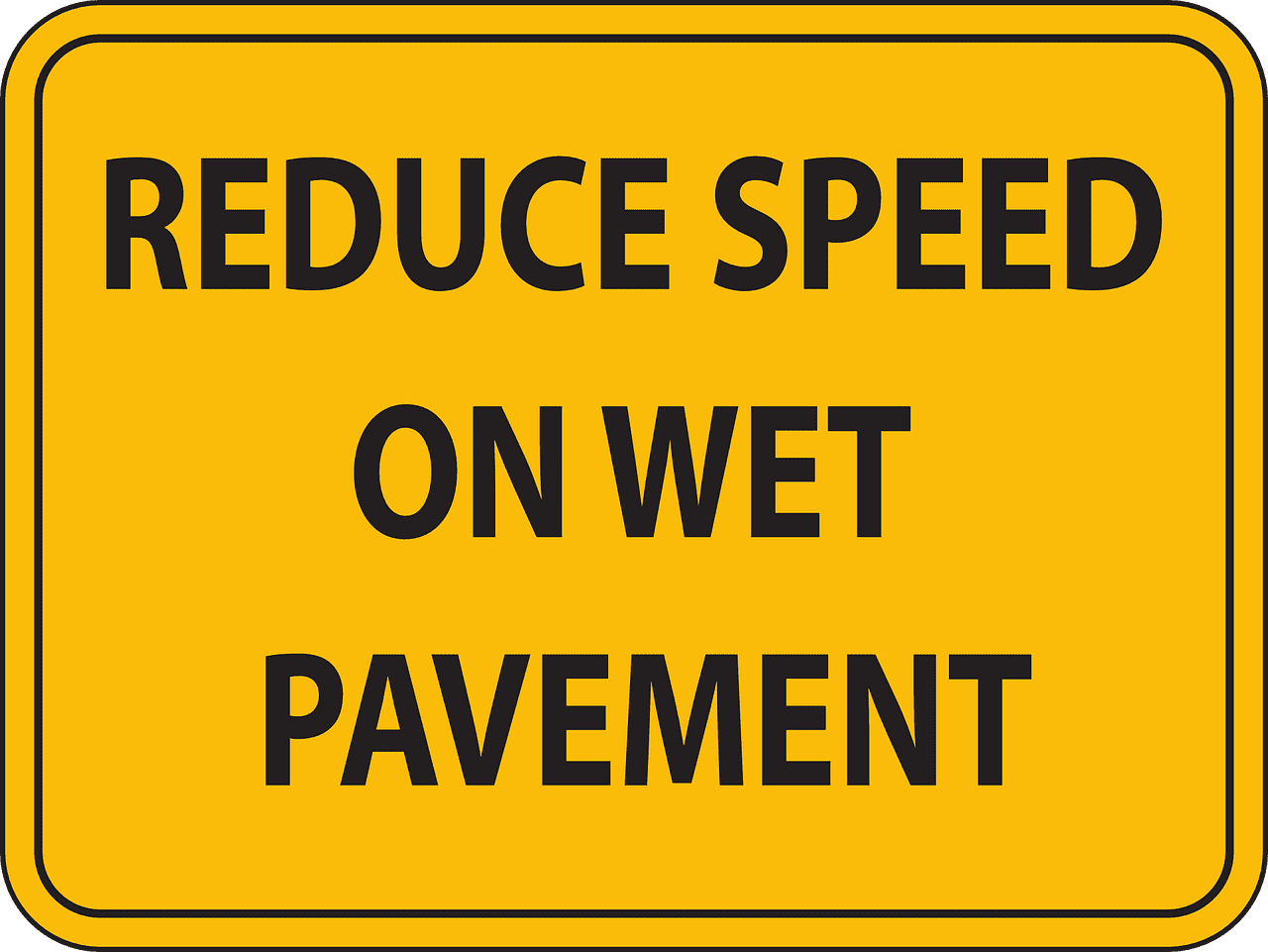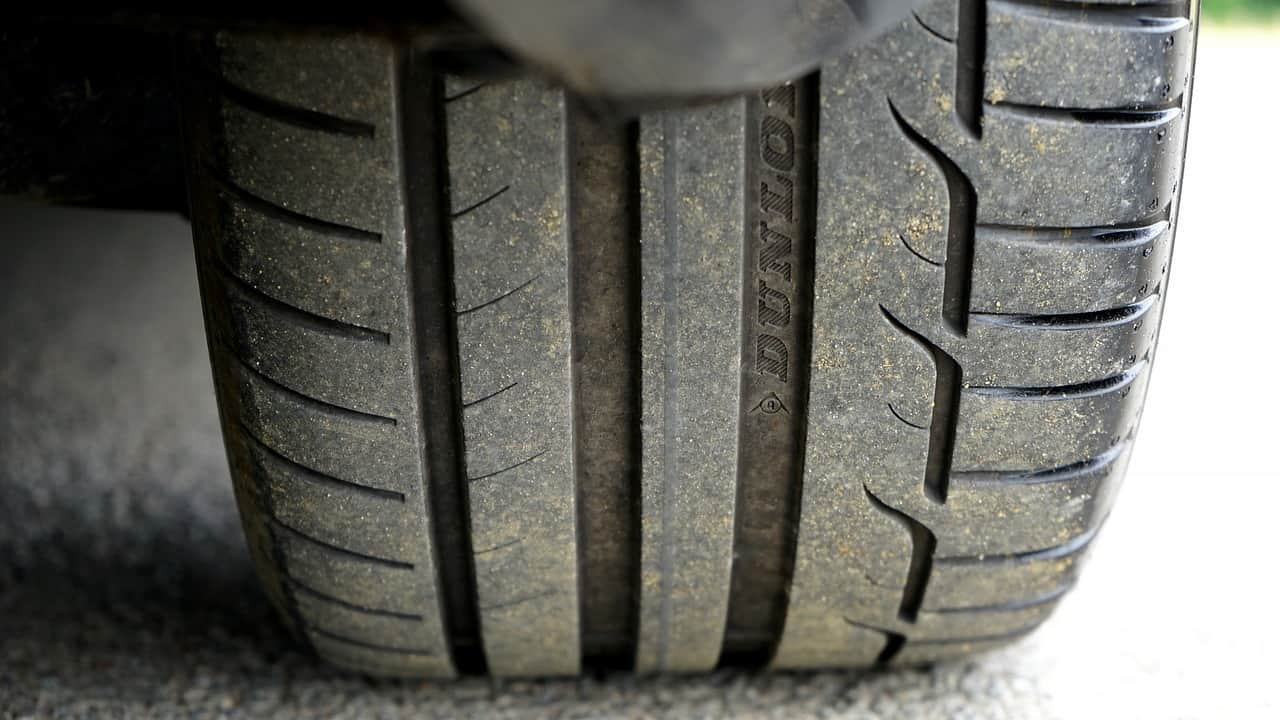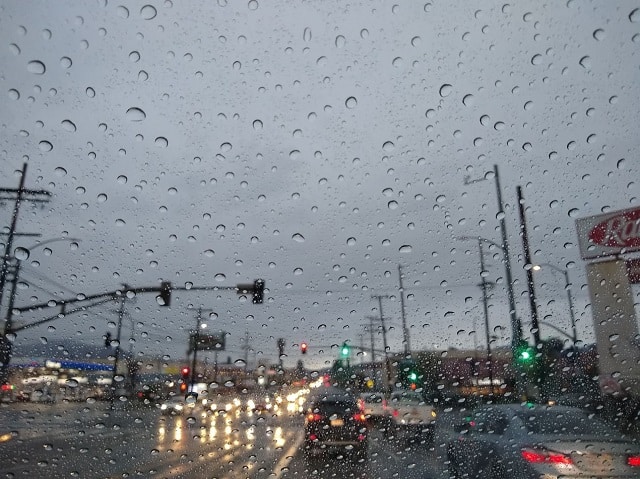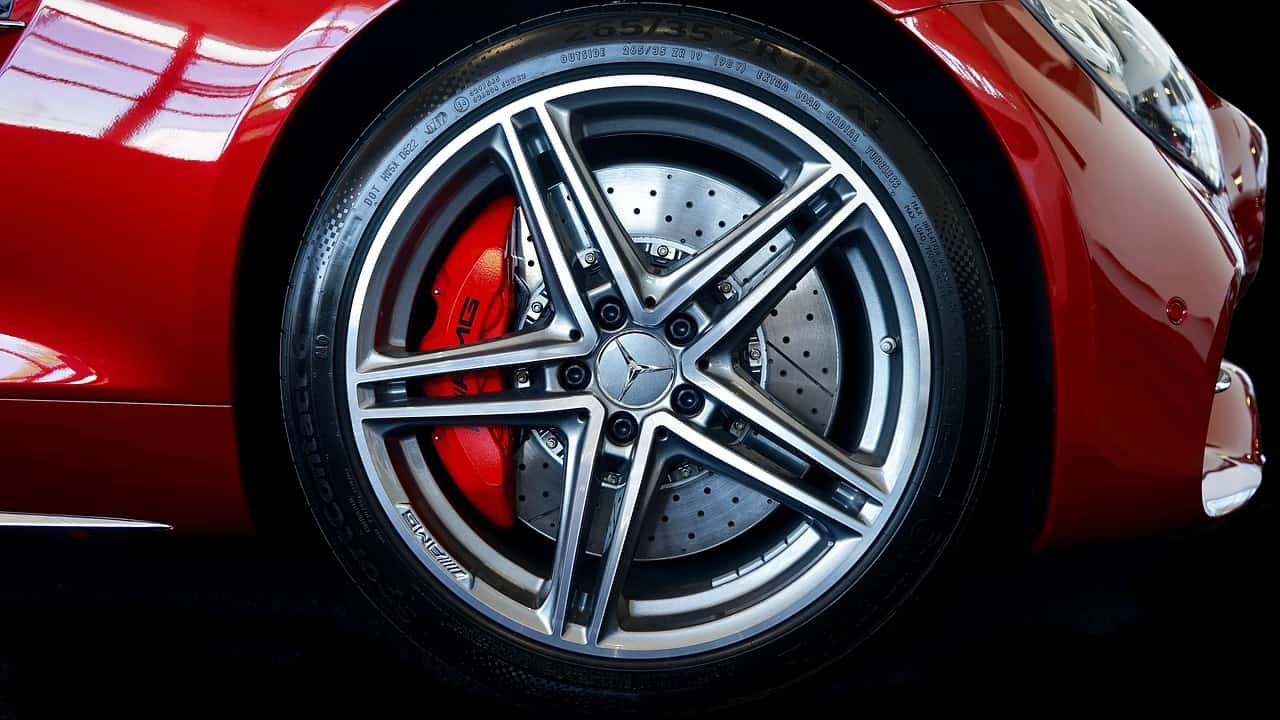Once I was driving on the freeway while going to community college. I was driving below the speed limit, as well as the other cars on the freeway, because of the rain. Suddenly time seemed to slow down as I saw the car on the far left lane hydroplane into the center divider.
If you are like me, you may face some situations where driving in the rain can be unsafe. To safely drive in the rain, pay attention to weather conditions, your car, the road, and other cars. Slowing down your speed is essential, and driving defensively will help you stay safe while driving.
Sometimes we may be faced with situations beyond our control. That’s when we need to be as prepared as possible to avoid accidents. We can do several things to help us stay safe when the unexpected happens, as it has to me on several occasions. We’ll discuss several ways to help drivers stay safe and avoid dangers.
What’s a Safe Driving Speed for the Rain?

Driving safely in the rain can be difficult in some situations. The first rule that most people remind drivers to do when driving on the freeway is to reduce speed. I’ve heard the statement many times that in order for drivers to stay safe, they need to lower their speed by 10 miles per hour below the speed limit.
This practice by many drivers helps ensure a safer driving environment and reduces the number of accidents that occur on the road. But just lowering your speed limit isn’t necessarily all you need to do.
Consider the tread on your tires, the road conditions, and how hard it is raining to determine your safest speed while driving. The safest speed while driving is one that is slower than the speed limit and where you are fairly confident about safely driving in the current weather and road conditions.
Avoid Hydroplaning in the Rain?

If you have driven over puddles on the road and felt a loss of control for a moment, you may have just hydroplaned. Hydroplaning in your car can occur while driving at speeds over 35 mph. It depends on how much water is on the road, the condition of your tire tread, if your tires are pumped up properly, and if there are oily surfaces on the road.
I was turning a corner at an intersection just after it started to rain, and my tires started to spin, and my truck slid just a bit. I was surprised and realized the oily surface of the road had caused my truck to lose traction. I was lucky that I was going fairly slow, and I didn’t lose control.
In order to stay in control, it’s important to maintain your tires, drive slower, watch the road carefully as your drive, slow down over shallow layers of water, and come to a stop slower than you normally would. If cars are driving fast and you know it’s not safe, decide for your safety and that of others to be a good example of safely driving, and there will be many people who will be grateful, as long as you’re not going too slow.
How to Drive Defensively in the Rain?

If you’ve watched race car drivers, you may have noticed they are hyper-aware of the road and other race cars around them. One mistake could mean a crash. That doesn’t mean they are afraid when they drive, but they are careful and calculating to ensure the best results.
When driving in the rain, drivers can remember the acronym R.A.I.N. This stands for Ready to move, be alert, keep eyes (i) moving, and never get distracted. Here’s a list to help with the rain method of defensive driving.
- Ready to move: Make sure you have a way to avoid collisions if someone in front of you or next to you starts to slide or gets in your way. You’re always thinking about a way to move your car to a safe lane if something should happen.
- Alert: You are focused and not sleepy. Your not thinking about your day and letting your mind wander. You’re present in the moment while driving, so you can see, hear, and sense what is going on around you.
- (I) Eyes moving: Keep your eyes watching the road, cars around you, and anything that might enter the road, such as a car from a driveway. Your eyes are not fixed on one thing.
- Never get distracted: You avoid phone calls, talking while in the car, and eating in the car. If you have an alert on your phone, you ignore it until you have parked your car.
If you have a defensive driving mindset when driving in the rain, you’ll be able to act quicker and predict events before they happen more effectively. This will give you a chance to avoid accidents and possible injury.
Tire Tread and Driving in the Rain

Your tires have tread that is designed to allow water to have somewhere to go so your tires can still grip the road. How thin your tire’s tread is and how well your tires are inflated will determine how well they handle wet road conditions. Each tire is also harder or softer, which can also affect traction while driving.
Tires can handle the road fairly well, but if your tread is thin, you need to replace your tires to ensure safety while driving on wet roads. To test your tread, you can try the penny test.
Place a penny with Lincoln’s head facing down between the treads. If the tread covers his hair, the tread is fine, but if it touches the top of his head or lowers on the penny, then you need to replace those tires.
Tires also need to be checked monthly for air pressure. Ensure they are inflated to the correct pressure, usually indicated on the door frame. This helps the tire get the most traction.
If you live somewhere where it often rains, investing in rain tires is wise. They are specifically made to handle the rain and will generally give you better performance in wet conditions.
What to Do on a Slippery Road?

Sometimes when it rains, the road can become slippery. This usually happens when it first starts raining and oils that have accumulated over time start to combine with the rain and cause the road to becoming slick. This may occur more at intersections where cars idle for a while.
At times when the temperature is low enough, the rain may become frozen water, usually more prevalent on bridges, that creates an icy surface.
And once in a while, if water from a stream or hillside meets a road, algae can accumulate and make the road slippery.
The first thing to do when it rains is to be aware of situations when the road could be slippery. Use caution and drive slowly over areas that could potentially be slippery. Here are some ways to handle a slippery road.
- If your car starts to slide while on an oily road, take your foot off the gas pedal and wait til your tires catch the road, and slowly accelerate again.
- If you are crossing over an icy patch of road and your car starts to slide, try to stay calm. There may be little you can do until the tires grip the road again. Once the sliding has stopped, if safe, drive your car out of the way of traffic and proceed with caution. Use extra caution if you suspect icy conditions on a hill.
- When crossing over areas where water has intersected the road, make it a point to proceed slowly and if your tires slip, take your foot off the gas pedal and wait til your tires catch the road and slowly accelerate again.
- If you are on the freeway and suspect slippery conditions slow down even more than you would during rainy conditions. If your car starts to slide, make sure not to use your brakes. Point your front tires in the same direction the back tires are starting to slide.
Here’s a video that explains what to do if your car starts to slide.
Using Your Windshield Wipers to Stay Safe

Windshield wipers are very important to your safety while driving in the rain. Make sure to check them at least once every six months to ensure they are in good condition. If they are cracking, tearing, or no longer functioning well, replace them as soon as possible.
You may be tempted to set your wipers to one speed and leave them at that speed no matter how little or how much rain is coming down. Be sure to adjust the speed, so you have a clear view of the road as much as possible at all times. Most drivers will use slower speeds with light rain and high speeds with heavy rain, so they get the most effective use of their windshield wipers.
If your windshield wipers are not working well and make it more difficult for you to see, you may find that an application of wax or windshield rain repellent will help temporarily to bead rain off the window so you can see more clearly. Be sure not to wait because you may be caught in the rain unexpectedly.
I used FW1 Cleaning Wax on my windows and washed my car with Meguir’s Wash & Wax. My car window is the one on the left.


Be sure to buy windshield wipers about once a year, so you’ll be ready once the rain comes. You may be able to see OK with light rain, but rain can be very distracting and not allow you to focus clearly on the road, so wipers are a must when driving in the rain, especially during a downpour.
When Should You Pull off the Road during a downpour?

Sometimes the rain becomes a downpour where a great amount of rain comes down at once. In these situations, most cars will start to slow down and go slowly. Even with the windshield wipers, some downpours are difficult to see through. This is when you should consider pulling off the road for your safety.
If you’re going under 35 mph, and your visibility is OK because you are driving on city streets, then you may be OK proceeding carefully to your destination. But many situations are just not safe to drive in when visibility is low, and it is raining hard.
If you are on the freeway during a downpour, consider pulling off at the nearest gas station or diner. Take a rest, refuel, and get something to eat. The rain may let up in a while, and you can be back on the road.
Using Your Brakes in the Rain

The best way to break in the rain is to brake slowly over a longer distance than you normally would. Thinking about rain as a good time to save gas might help put you in the right mindset to brake over longer distances. When you take off and brake slower, you’ll be saving gas and staying safer in the rain.
As seen in the video in the section about slippery roads, braking when sliding is not recommended. Instead, steer your front wheels in the same direction that the back wheels are sliding. Once you have corrected your steering, you can slow down slowly with your brakes if needed.
Remember that hard braking is not recommended when it is raining. Sliding can occur, so it’s best to be a defensive driver and look for ways to avoid collisions by steering confidently but calmly to a lane that is clear if needed.
Conclusion
To drive safely in the rain, you can make sure to slow down and be aware of your environment. You can prepare yourself beforehand by checking your car tires and windshield wipers. If they are in good condition, then you’ll need to be fully present when driving to help you stay safe if something unexpected happens.
You’ll be safer as you drive with safety as your focus and by knowing what to do when a dangerous situation presents itself. By driving defensively and learning how to handle slippery roads, you can ensure you’ll have a safer experience getting to and from your destination and not have to go through the difficulties associated with an accident.
Best wishes for safety with all your driving experiences in and out of the rain.

